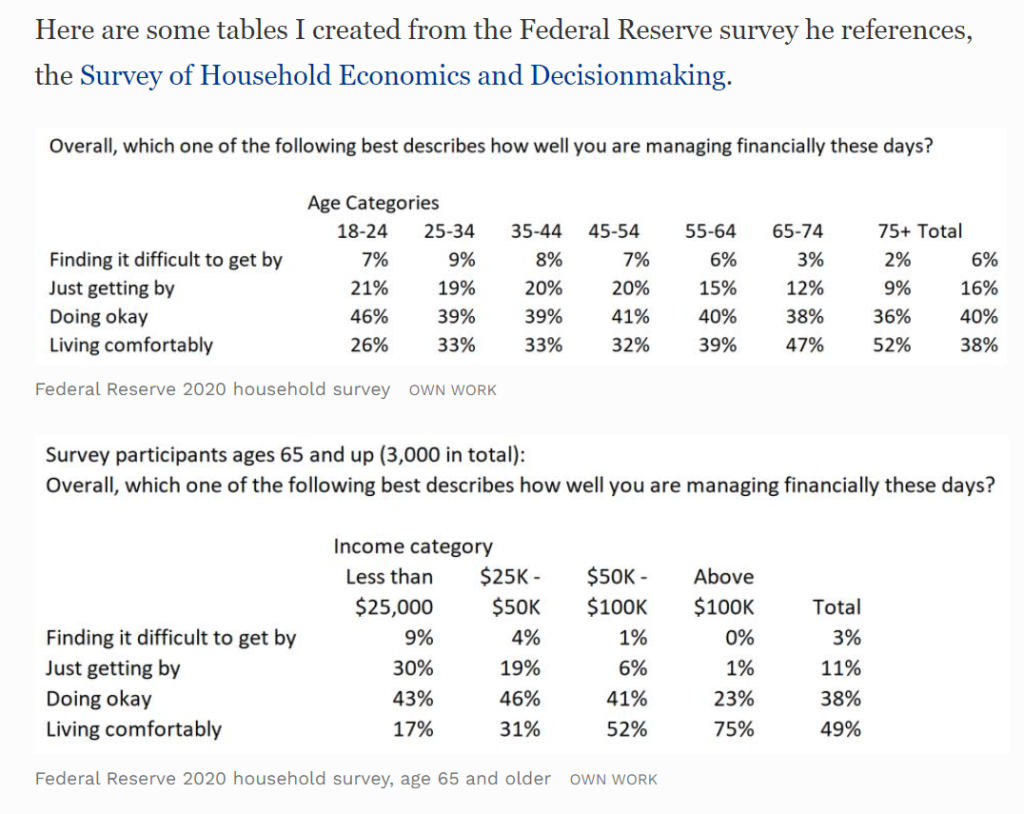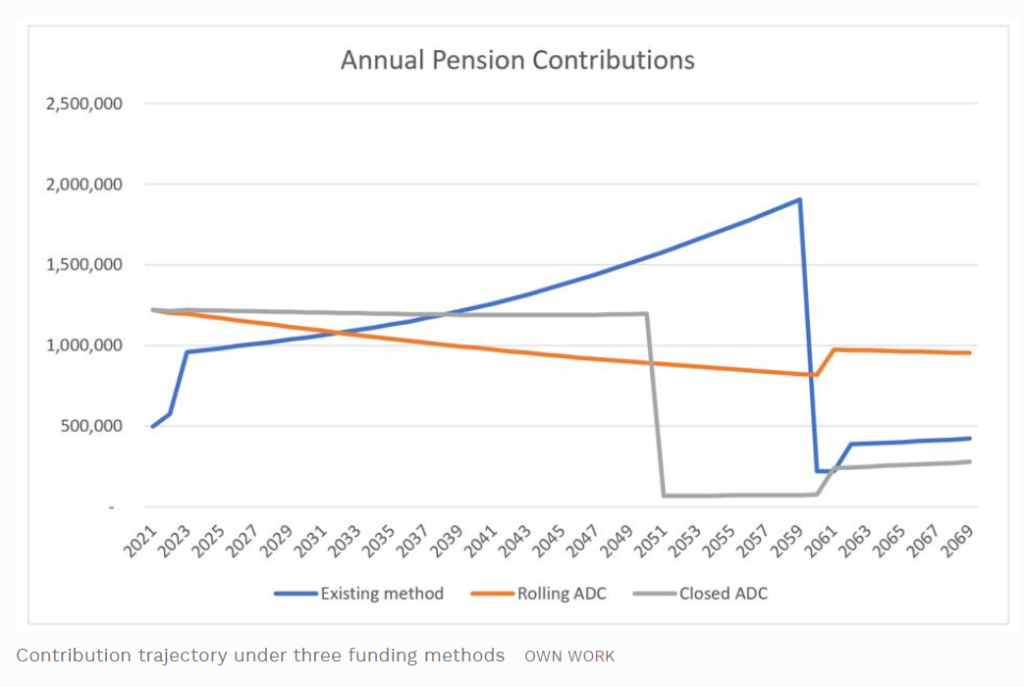Excerpt:
Who is Facebook international man of mystery Robert Parkle and why is he advising Ohio Public Employees Retirement System stakeholders not to follow through with an expert forensic investigation of their state pension? Why did Kasandra Ward from Aurora, Colorado create a fraudulent OPERS Forensic Investigation GoFundMe page apparently to divert funds from the real project? Our nation’s public pensions have never been more precarious and there are powerful interests working hard to keep pension stakeholders in the dark.
Earlier this year, a forensic investigation of the $90 billion-plus State Teachers Retirement System of Ohio commissioned by the Ohio Retired Teachers Association and performed by my firm, was completed. The damning preliminary findings were reported to Ohio legislators, regulators and law enforcement in a 100-plus page report entitled The High Cost of Secrecy.
….
In conclusion, I won’t speculate who may be seeking to derail the proposed forensic investigation of the $115 Billion Ohio Public Employees Retirement System on behalf of pension stakeholders, or why. One thing is for certain: One or more persons is seeking to disrupt the investigation into potential mismanagement and malfeasance at the massive pension.
Stakeholders in all 5 Ohio public pensions, including OPERS, should be alarmed and securities regulators and law enforcement ought to investigate any apparent violations of law through social media.
Author(s): Edward Siedle
Publication Date: 20 Dec 2021
Publication Site: Forbes

